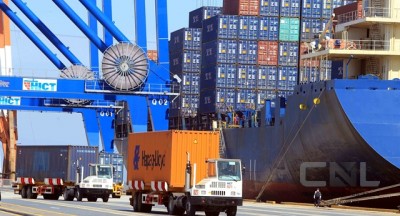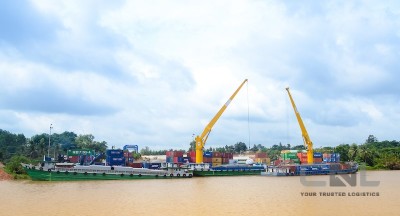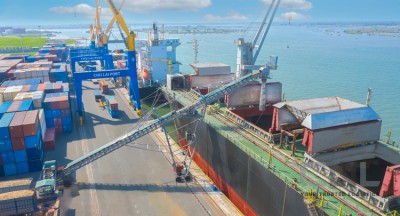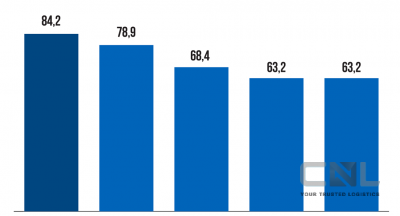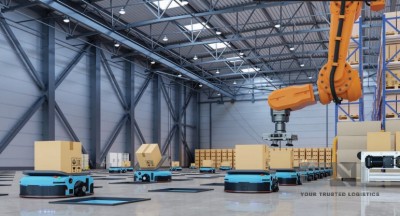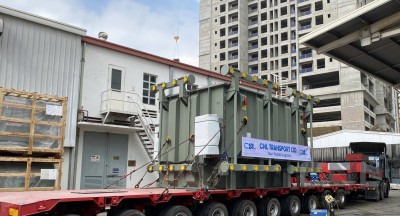The boom period for North American logistics companies is predicted to come to an end as economic activity cools down, slowing growth in 2023.
Bloomberg Intelligence's survey report shows that after two years of rapid growth, logistics companies in North America are about to enter a period of slow growth. Lee Klaskow, senior logistics analyst at the unit, said all segments of the trucking industry - road and rail logistics are about to face more challenges in the coming year.
According to the report, truck load performance in North America could be affected by the normalization of the transportation market and the regulation of economic activity. Growth is predicted to be low in 2023 at just 0.9%. While previously this index in 2022 increased to 2.5%, a difference of 1.6%.
"Carriers will face tough headwinds in 2023 due to declining transportation demand as well as fewer opportunities for equipment transactions and instant delivery," Klaskow said.
Sales from the trading of transportation support equipment and tools have been a big source of revenue for carriers this year. However, this industry is expected to become a drag in the coming year, as demand for old tractors gradually decreases.

SA Truck's freight trucks in North America. Photo: USA Truck
On the other hand, a report from Bloomberg Intelligence also shows that the housing market in the US is in a gloomy period. This is also considered one of the reasons directly affecting the trucking industry. The reason stems from the slow consumption of construction materials, leading to the need to use transport and transportation services that do not work and reduce efficiency.
A discounted plan for contracted service costs can help attract more visitors. But this solution has the potential to put pressure on truck driver management units because they still need to pay decent salaries to attract employees. In addition, other costs such as insurance, fuel and equipment upgrades and maintenance also need to be covered periodically.
"Carriers with large loads, transported by truck will have a greater opportunity to 'turn around' as the general logistics market shifts and the courier segment gradually enters a balancing phase. According to the unit's predictions, this scenario is likely to take place as early as the second quarter of 2023," Klaskow said.
The expert also pointed out that the proportion of contracted truck loads is likely to decrease at an average level. At the same time, a lower and more reasonable load rate can increase from low to medium.
In addition, research and survey unit Bloomberg Intelligence added that tightening trucking conditions could bring a slight boost to the North American rail industry in the second half of next year. North American rail volumes in 2023 are predicted to remain unchanged due to the impending economic downturn and could become a major risk to the logistics and supply chain industries.
vnexpress.net- (Bloomberg)

